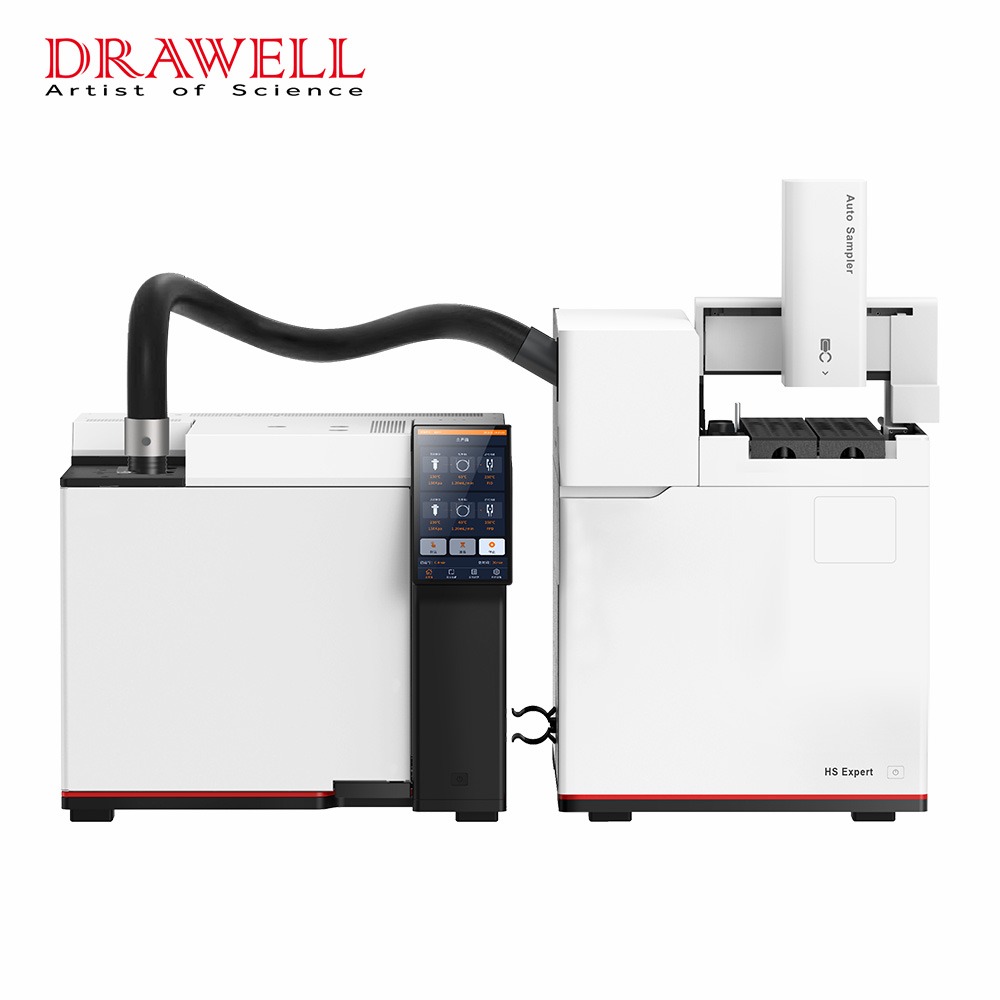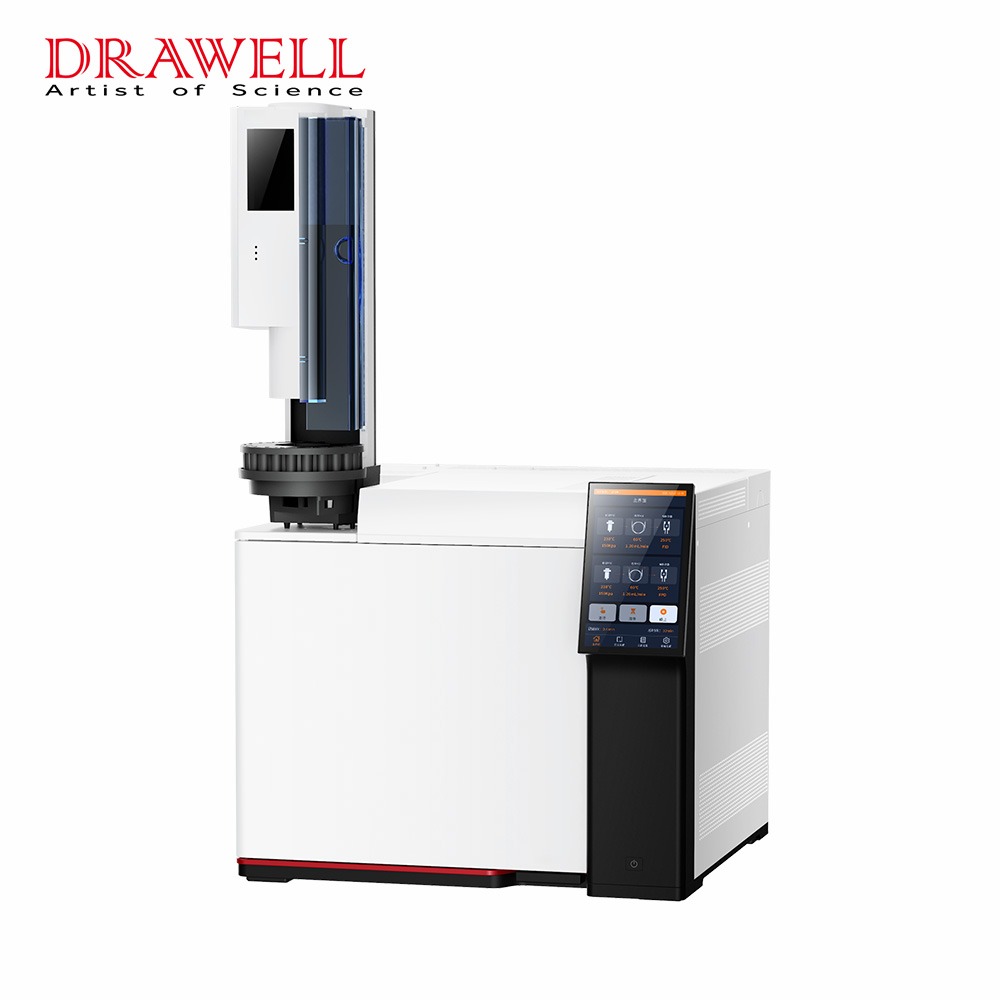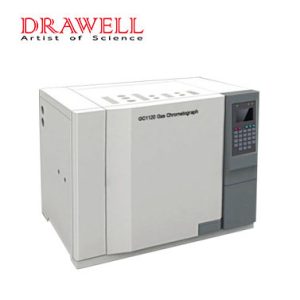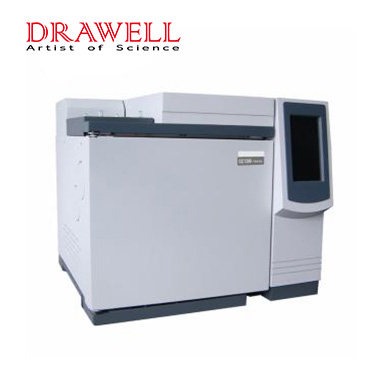Gas chromatography (GC) is based on the principle of the separation of a mixture of compounds into individual components based on their differential interactions with a stationary phase and a mobile phase. There are many steps and components involved in gas chromatography such as Sample Injection, Stationary Phase, Mobile Phase (Carrier Gas), Separation Process, Retention Time, Detection, Data Analysis. Here we will talk about the 4 key components of a Gas Chromatography System: Sample Injection, Stationary Phase, Carrier Gas and Detectors. Hope this article can function for your choice of gas chromatography machines.
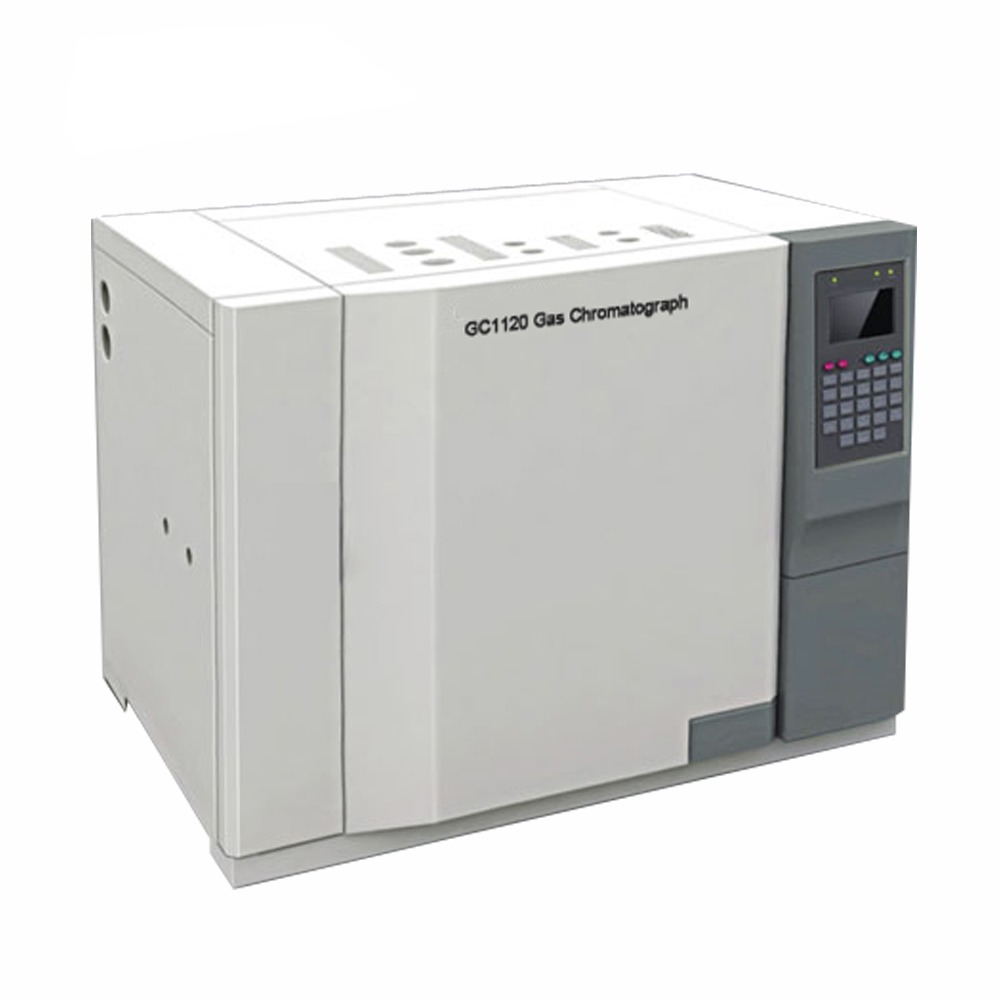
Sample Injection in Gas Chromatography System
Sample injection in gas chromatography (GC) refers to the process of introducing the sample into the chromatographic system for analysis. It is a critical step that determines the accuracy, precision, and reproducibility of the analysis. Sample injection techniques can vary depending on the analysis requirements and the specific GC system being used. Here are some commonly used sample injection methods in GC:
- Split Injection: In split injection, a portion of the sample is diverted (split) away from the chromatographic column using a split vent. This technique is often employed when the sample concentration is relatively high, and only a small fraction needs to be introduced into the column for analysis.
- Splitless Injection: In splitless injection, the entire sample is vaporized and introduced into the column without splitting. This method is commonly used for trace-level analysis or when high sensitivity is required. It ensures maximum sample transfer into the column, resulting in better detection limits.
- On-Column Injection: On-column injection, also known as direct injection, involves introducing the sample directly onto the head of the chromatographic column without vaporization. This method is suitable for thermally labile or high-boiling-point compounds that may decompose or adsorb onto the injection port or liner during vaporization.
- Programmable Temperature Vaporization (PTV) Injection: PTV injection allows for the controlled vaporization and injection of large sample volumes. The sample is first trapped in a cooled liner and then rapidly heated to vaporize the analytes, providing enhanced sensitivity for trace analysis.
The selection of the appropriate sample injection method depends on factors such as sample concentration, analyte volatility, sensitivity requirements, and the presence of potential interferences. Optimization of injection parameters, including injection volume, injection speed, and liner choice, is crucial for obtaining accurate and reproducible results in gas chromatography analysis.
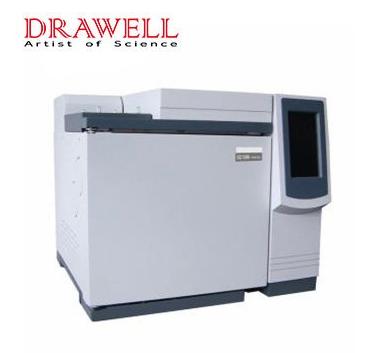
Stationary Phase in Gas Chromatography System
The stationary phase in gas chromatography (GC) is a critical component of the chromatographic system that interacts with the sample molecules as they pass through the column. It is responsible for the separation of the individual components of a mixture based on their differential interactions with the stationary phase. The stationary phase can be in the form of a solid material or a liquid film coated on a solid support.
- In gas-solid chromatography (GSC), the stationary phase is a solid material that is packed into the column. The choice of the stationary phase material depends on the specific analysis requirements and the nature of the sample being analyzed. Common solid stationary phases include porous polymers, silica gel, molecular sieves, and activated charcoal. The sample molecules interact with the solid surface through adsorption, and separation is achieved based on differences in their affinity for the stationary phase.
- In gas-liquid chromatography (GLC), the stationary phase is a liquid film that is coated on a solid support material, known as the column packing. The liquid phase is typically a nonvolatile, high-boiling-point liquid that is chemically bonded to the surface of the solid support. Common liquid stationary phases include polyethylene glycol (PEG), polydimethylsiloxane (PDMS), and cyanopropylphenyl. Separation occurs through a combination of adsorption and partitioning of the sample molecules between the liquid film and the mobile phase.
The choice of stationary phase depends on the analyte properties, such as polarity, volatility, and molecular size. Different stationary phases provide varying degrees of selectivity and separation efficiency for different analyte classes. Selection of an appropriate stationary phase is crucial for achieving optimal separation and analysis of the target compounds in a sample mixture during gas chromatography.
Carrier Gas in Gas Chromatography System
In gas chromatography (GC), the carrier gas is an essential component of the chromatographic system. It serves as the mobile phase, carrying the sample through the chromatographic column for separation and analysis. The choice of carrier gas depends on various factors, including the nature of the analytes, the column type, and the detector used. Here are some commonly used carrier gases in gas chromatography:
- Helium (He): Helium is the most widely used carrier gas in GC. It is inert, has low viscosity, and provides excellent efficiency and resolution. Helium is compatible with most detectors and is suitable for a wide range of applications.
- Hydrogen (H2): Hydrogen is another commonly used carrier gas in GC. It provides faster analysis times due to its lower viscosity and higher diffusion coefficient compared to helium. Hydrogen is particularly suitable for analyzing low molecular weight compounds, such as hydrocarbons and volatile organic compounds (VOCs). However, its use requires additional safety precautions due to its flammable nature.
- Nitrogen (N2): Nitrogen is an inert carrier gas widely used in GC, especially when analyzing non-reactive or thermally stable compounds. It is less expensive than helium and hydrogen, making it a cost-effective option for routine analyses. Nitrogen can be used with most detectors, except for those that require a more easily ionizable gas, such as flame ionization detectors (FID).
- Argon (Ar): Argon is occasionally used as a carrier gas, particularly in certain specialized applications. It has higher viscosity and density than helium, which can lead to longer retention times. Argon is commonly used in gas chromatography-mass spectrometry (GC-MS) systems.
The choice of carrier gas should be compatible with the column, detector, and the specific requirements of the analysis. Factors such as gas purity, availability, and safety considerations should also be taken into account when selecting the appropriate carrier gas for gas chromatography.
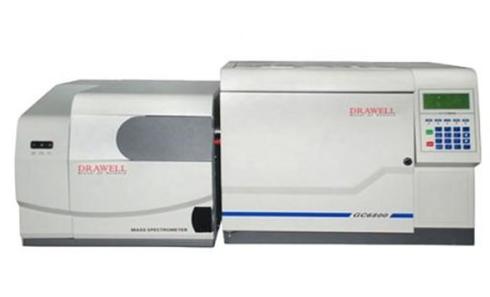
Detectors in Gas Chromatography System
Gas chromatography (GC) utilizes various types of detectors to measure and detect the separated components as they elute from the chromatographic column. Different detectors are chosen based on factors such as the analyte properties, sensitivity requirements, and the specific application. Here are some commonly used detectors in gas chromatography:
- Flame Ionization Detector (FID): FID is one of the most widely used detectors in GC. It operates by ionizing organic molecules in a hydrogen/air flame and measuring the resulting ion current. FID is highly sensitive and provides universal detection for organic compounds, making it suitable for a broad range of applications.
- Thermal Conductivity Detector (TCD): TCD measures the difference in thermal conductivity between the carrier gas and the analyte molecules. As analytes elute from the column, they displace the carrier gas, leading to changes in thermal conductivity. TCD is nondestructive, highly stable, and can detect a wide range of compounds, making it useful for analyzing inorganic and organic compounds.
- Electron Capture Detector (ECD): ECD is a highly sensitive detector for detecting compounds with electron-capturing properties, such as halogenated compounds and some pesticides. It operates by measuring the reduction in electrical current due to the capture of electrons by analyte molecules in a radioactive beta particle-emitting source.
- Mass Spectrometer (MS): Mass spectrometry is a versatile detector used in gas chromatography-mass spectrometry (GC-MS) systems. It provides both separation and detection capabilities. The separated analytes are ionized and fragmented, and the resulting ions are analyzed based on their mass-to-charge ratios, allowing for highly specific identification and quantification of compounds.
- Flame Photometric Detector (FPD): FPD is selective for compounds containing certain elements, such as sulfur or phosphorus. It operates by ionizing analyte molecules in a hydrogen/air flame and detecting the resulting photometric emission specific to the elements of interest.
Other detectors used in gas chromatography include the nitrogen-phosphorus detector (NPD), photoionization detector (PID), and electron impact (EI) or chemical ionization (CI) detectors in combination with mass spectrometry.
The choice of the detector depends on factors such as analyte characteristics, sensitivity requirements, selectivity, and the specific application goals in gas chromatography.
Conclusion
In conclusion, this article has provided a detailed discussion of the four crucial components of a gas chromatography (GC) system: sample injection, stationary phase, carrier gas, and detectors. These key components play integral roles in the separation and analysis of complex mixtures in gas chromatography. If you are looking for gas chromatography machines, believe Drawell is your best choice.

